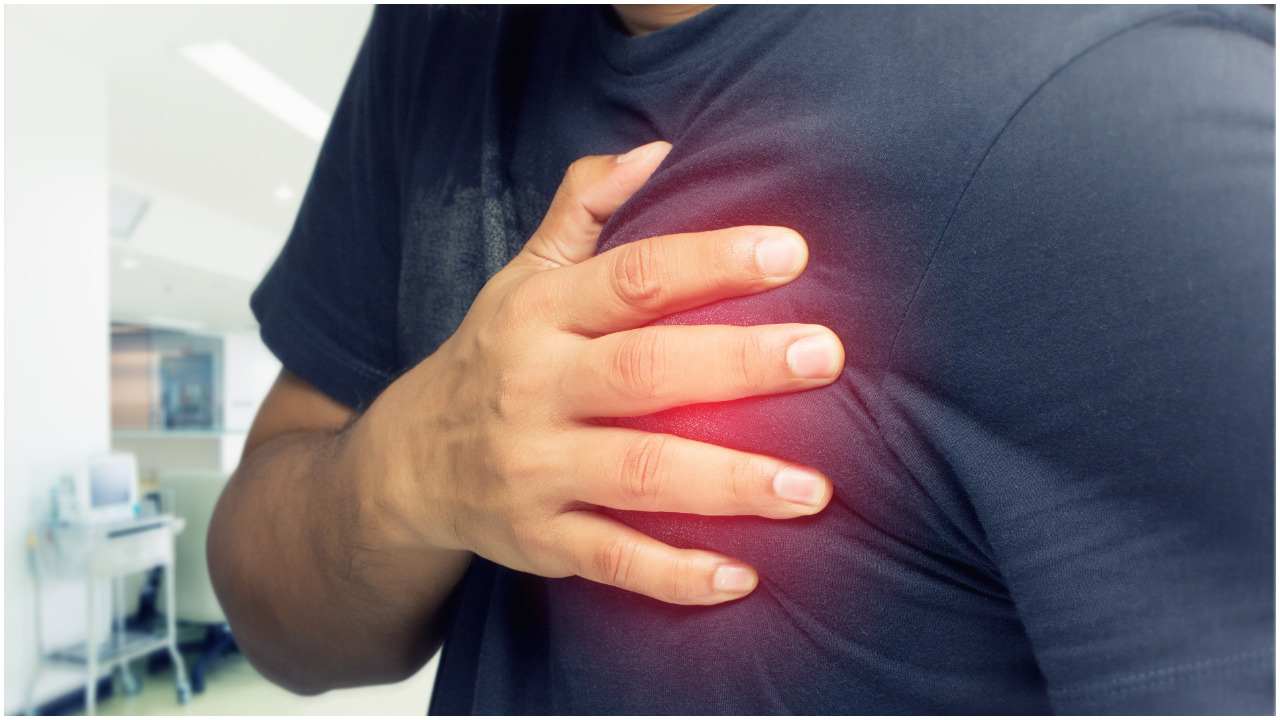Lumigan
It is the brand name of a drug called bimatoprost (available as an eye-drop), a type of drug which is part of a family of medicines called prostaglandin analogs.
This medicine is used to reduce the pressure inside the eye for individuals with intraocular hypertension (increased pressure in the eye) or open-angle glaucoma. It works by regulating the flow of fluid within the eye to maintain a healthy pressure.
It is produced by Allergan, Inc, a global pharmaceutical company focused on neurosciences and eye care, with its headquarters in Dublin, Ireland. The U.S. Food and Drug Administration first approved this medication in 2001.
Uses
It is commonly used to treat certain types of glaucoma and other causes of high pressure inside the eye. Glaucoma is a group of eye diseases that share certain characteristics, like – optic nerve damage, high pressure within the eye, and loss of peripheral vision.
Moreover, this medication is used to improve the length, fullness, and color of the eyelashes in individuals with hypotrichosis, a condition that affects hair growth.
Dosage
The usual recommended dose is one drop in the affected eye once per day in the evening. It comes in eye drop form. If you wear contact lenses, it is recommended to remove them before applying this eye drop medication, and then wait about 15 minutes before putting them back in your eyes.
You should also apply this medication at least 5 minutes before or after using any other topical eye drugs.
Side Effects and Precautions Of Bimatoprost
Common side effects may include:
- dry eyes;
- itching of the eyes;
- reversible darkening of the skin around the eyes;
- eyelash darkening;
- eye redness;
- eye irritation;
- the growth of eyelashes.
Serious side effects may include:
- vision changes;
- increased sensitivity to light;
- discharge from the eye;
- redness of the eyelids;
- swelling in or around the eye.
To be sure that this medicine is good for you, tell your healthcare professional if:
- you have had an inflammation of the eye;
- you have had a viral infection;
- you have or have had low heart rate;
- you have or have had low blood pressure;
- you have any breathing problems;
- you have a dry eye;
- you have kidney problems;
- you have liver problems;
- you wear contact lenses;
- you have or have had any problems with the cornea;
- you have had cataract surgery in the past.
Latanoprost
It is a medication that is used to treat conditions known as ocular hypertension and open-angle glaucoma. This medication is similar to prostaglandin, a natural chemical in the human body which works by regulating the flow of fluid within the eye.
It can be found under the brand name – Xalatan. It was first approved for medical use in the United States by the FDA in 1996.
Uses
It is used to lower high eye pressure. Also, this medication is used to treat glaucoma, a disease that damages the optic nerve of the eye. In most patients, this condition is linked with ocular hypertension (higher-than-normal pressure inside the eye).
According to statistics, in the US, about 3 million individuals have glaucoma. If this condition is not treated, it can result in vision loss and blindness.
Note – this medication controls glaucoma, however, it does not cure it.
Dosage
The usual recommended dose is 1 drop into the affected eye once per day in the evening. The dose should not exceed this dose since it has been shown that a higher dose increases the risk or side effects as well as decreases the intraocular pressure lowering effect.
If you still have the symptoms of glaucoma after using this medicine for a few days, contact your healthcare provider.
If you use contact lenses, it is recommended to remove them from the eyes before using this medication. After using this drug, wait at least 15 minutes before you put the contact lenses in the eyes again.
Side Effects And Precautions Of Xalatan
Common side effects may include:
- changes in the eye color;
- darkening of the iris;
- redness of the eye;
- blurry vision;
- dry eyes;
- changes in the thickness of your eyelashes.
Rare side effects may include:
- chest pain;
- vision changes;
- increased sensitivity to light;
- discharge from the eye;
- swelling in or around your eye.
To be sure that this medication is safe for you, before using it, tell your healthcare provider:
- if you have ever had an allergic reaction to any type of drugs;
- if you are using any other medicines, including complementary and herbal medicines;
- if you are using any other eye drops;
- if you have had problems in the past with viral infections in the eye;
- If you have a breathing problem;
- if you have had surgery on your eye to replace the lens;
- if you are breastfeeding or pregnant.
Thimerosal eye drops and Xalatan should be administered at least 5 minutes apart due to the fact that combining these eye drops may cause precipitation of the chemicals within the drops.
Lumigan vs Latanoprost – Differences
Lumigan (active ingredient – bimatoprost) belongs to a class of drugs called prostamides that lower pressure in the eye by increasing the amount of fluid that drains from the eye.
Latanoprost ophthalmic (brand name – Xalatan) is used to treat glaucoma as well as other causes of high pressure inside the eye.
According to studies, both medicines are well tolerated but bimatoprost has greater efficacy in lowering intraocular pressure. Also, both medicines have plenty of side effects and don’t cure the condition, they only control the symptoms.
3 Natural Ways To Treat Glaucoma
#1 Astaxanthin
It is a potent, naturally occurring carotenoid pigment that can help prevent retinal damage. It is recommended to take 2 mg a day.
#2 Physical Exercise
Regular moderate physical exercise can reduce the pressure inside the eye, plus, it can have a beneficial impact on other glaucoma risk factors, like – hypertension and type 2 diabetes mellitus.
#3 Nutrition
The bioflavonoids found in citrus help fight the damage caused by free radicals as well as help keep the soft tissues around the eye healthy and flexible.
Image credit – Shutterstock & Getty
READ THIS NEXT: Trulicity vs Bydureon
References https://www.ncbi.nlm.nih.gov/pmc/articles/PMC3971936/ https://www.ncbi.nlm.nih.gov/pmc/articles/PMC4043802/ https://www.ncbi.nlm.nih.gov/pubmed/8628544 https://www.ncbi.nlm.nih.gov/pmc/articles/PMC2699817/


